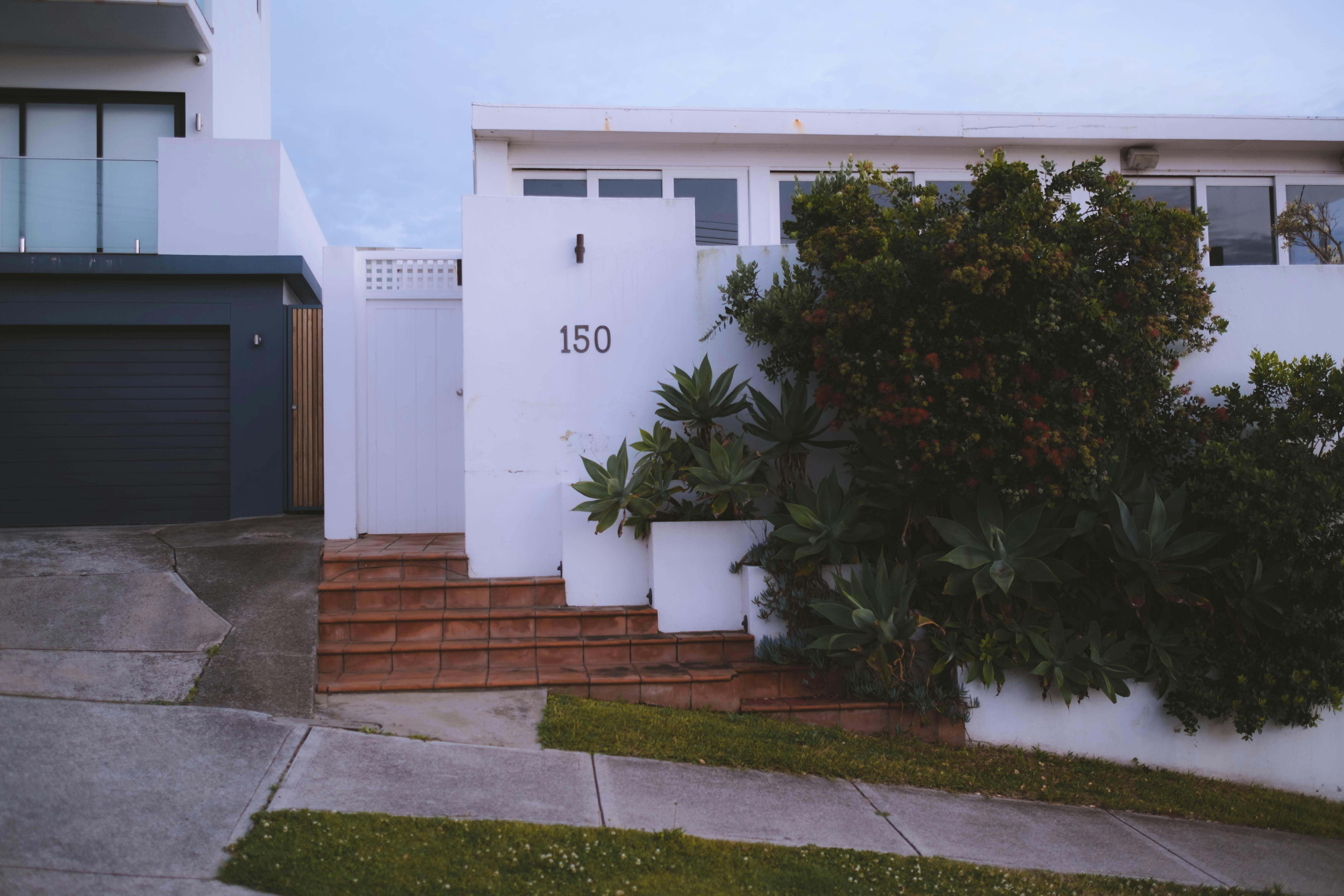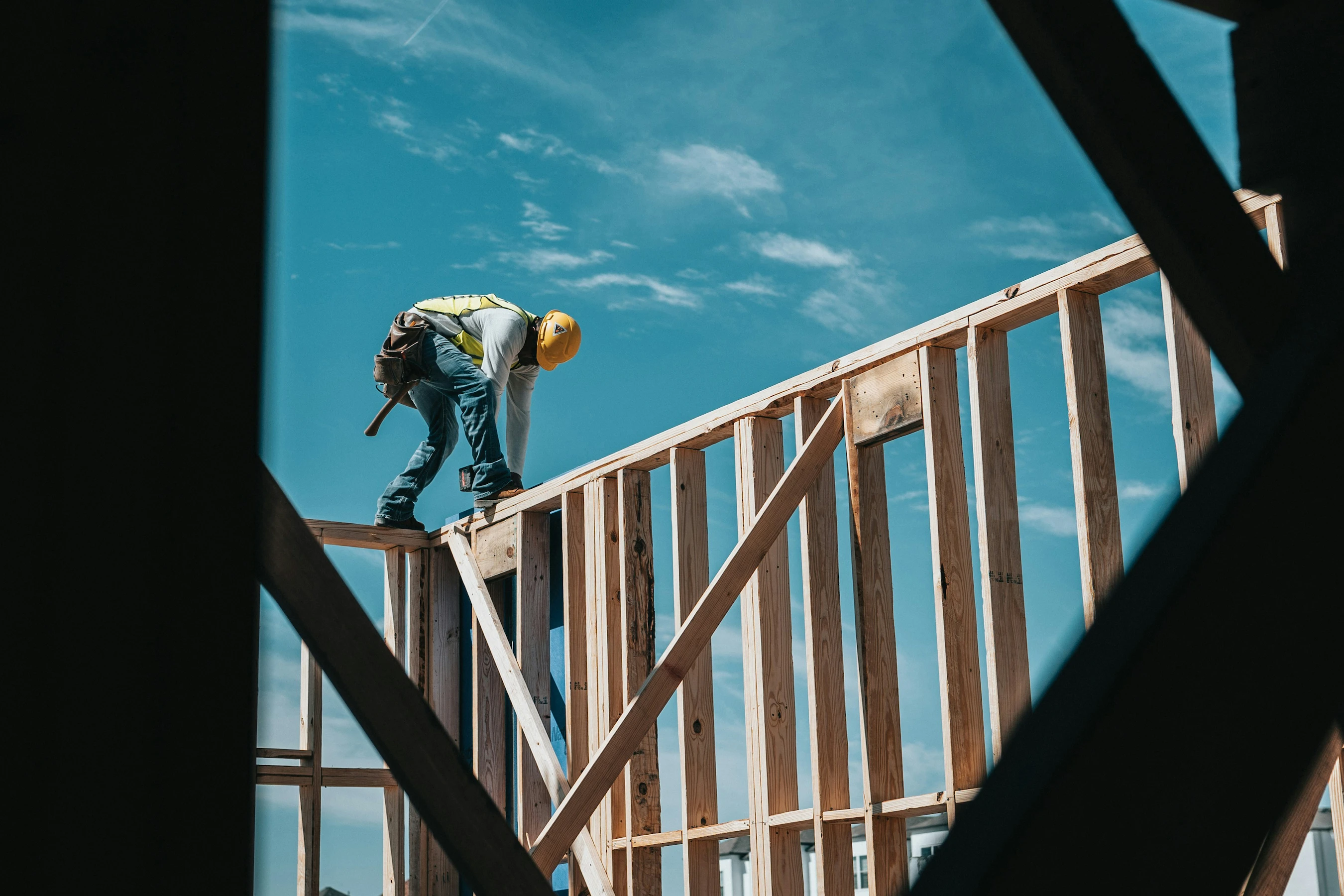
Planning for Multi-Unit Development in Melbourne: A Step-by-Step Guide
Right, let's talk about the bit that makes most people's eyes glaze over – planning permits. But here's the thing: getting your planning permits sorted properly from the start will save you months of headaches and thousands of dollars down the track.
We've guided dozens of Melbourne property owners through the council maze, and while every block is different, the process follows a pretty predictable path. Let's break it down in plain English, without all the bureaucratic jargon that usually comes with this stuff.
What Exactly Is a Planning Permit?
A planning permit is basically council's way of saying "yes, you can build that on your block." For any multi-unit development in Melbourne – whether it's a simple duplex or a more complex townhouse project – you'll need council approval before you can start building.
A planning permit is a legal document that gives permission for a use or development on a particular piece of land. Think of it as your official green light to proceed.
The permit covers things like:
- How many dwellings you can build
- Where they can sit on the block
- How tall they can be
- Parking and driveway requirements
- Landscaping and open space
- Privacy and overshadowing rules
Without a planning permit, you can't get a building permit, and without a building permit, you can't legally start construction. It's that simple.
The Melbourne Council Landscape
Here's something that catches a lot of people off-guard – Melbourne has multiple councils, each with their own quirks and requirements. Yarraville sits in Maribyrnong City Council, but if your block is in Brimbank, Hobsons Bay, Moonee Valley, or any of the other local councils, the rules might be slightly different.
The good news? The basic process is pretty similar across Melbourne, and experienced multi-unit builders like us know how to navigate each council's particular preferences and requirements.
Subdivision Options: What's Right for Your Block?
Before we dive into the permit process, you need to understand your subdivision options. This affects both what you can build and how complex your planning application will be.
Dual Occupancy (No Subdivision)
This is the simplest option. Dual occupancy homes can be side-by-side, under one roof with a common wall (also known as duplexes), or as separate dwellings with a shared driveway down one side of the property.
With dual occupancy, you're building two dwellings on one title. You can sell them together or rent them out, but they stay on the same allotment. This keeps the planning process simpler and often cheaper.
Strata Subdivision
Strata subdivision in dual occupancy is the legal process of splitting the two dwellings into separate titles. This allows you to sell or retain each dwelling independently and defines shared areas and responsibilities between them.
This creates separate titles for each dwelling, so you can sell them individually. It involves more paperwork and costs more upfront, but gives you maximum flexibility down the track.
Multi-Unit Subdivision
For larger projects with three or more dwellings, you'll typically need a full subdivision. This creates individual titles for each unit and defines common areas like driveways and gardens.
The Planning Application Process: Step by Step
Step 1: Pre-Application Chat with Council
Before you spend money on fancy drawings, have a chat with your local council. Most Melbourne councils offer pre-application meetings where you can run your ideas past the planners and get early feedback.
This isn't just a nice-to-have – it's absolutely crucial. Council planners can tell you upfront if your ideas are realistic or if you're heading for trouble. They'll flag potential issues like overshadowing, parking problems, or neighbourhood character concerns before you're too far down the track.
Step 2: Get Your Documentation Sorted
A good planning application needs proper documentation. This typically includes:
- Site Plans showing your block boundaries, existing buildings, and how the new dwellings will fit
- Architectural Drawings with floor plans, elevations, and sections showing what everything will look like
- Shadow Diagrams proving your new buildings won't plunge the neighbours into permanent darkness
- Car Parking Plans showing where cars will park and how they'll access the dwellings
- Landscape Plans for gardens, private open space, and streetscape improvements
- Planning Report explaining how your project meets council policies and zoning requirements
Step 3: Lodge Your Application
Once your documentation is complete, you lodge it with council along with the application fee. For most multi-unit developments in Melbourne, you're looking at fees between $1,500 and $5,000, depending on the council and project size.
The council must apply the current planning scheme requirements when deciding on a planning permit application. So make sure your application addresses all the relevant policies and guidelines.
Step 4: Public Notice (Maybe)
Depending on your council and project type, your application might go on public notice. Advertising a planning permit application is often referred to as 'giving notice'. This means neighbours get a chance to have their say.
Don't panic if this happens – it's pretty standard for multi-unit developments. If you've designed your project thoughtfully and addressed privacy and overshadowing concerns, most neighbours won't object.
Step 5: Council Decision
Melbourne councils typically take 6-12 weeks to decide on straightforward multi-unit applications. They can:
- Approve your permit (hooray!)
- Approve with conditions (pretty common)
- Refuse the application (back to the drawing board)
Most applications get approved with some conditions – things like specific materials, landscaping requirements, or minor design tweaks.
Common Planning Roadblocks (And How to Avoid Them)
Overshadowing Issues
This is probably the biggest killer of multi-unit applications in Melbourne. Councils are very strict about how much shadow your new buildings can cast on neighbouring properties, especially between 10am and 3pm in mid-winter.
The fix: Good design from the start. Position buildings to minimise shadow impact, use setbacks cleverly, and consider splitting larger buildings into smaller forms.
Car Parking Problems
Melbourne councils have specific requirements for car parking – usually one space per bedroom plus visitor parking. Cramped driveways or insufficient parking will get your application knocked back fast.
The fix: Plan parking early in the design process. Shared driveways can work well for duplexes and townhouses, but they need to be wide enough and properly designed.
Neighbourhood Character Concerns
Councils want new developments to fit with the local area. A ultra-modern glass box in a heritage street probably won't fly, regardless of how good the architecture is.
The fix: Look at what's already in the street. Use similar materials, roof forms, and building heights. You can still create contemporary designs that respect neighbourhood character.
Private Open Space Requirements
Each dwelling needs adequate outdoor space – balconies, courtyards, or gardens. Tiny courtyards that nobody would actually use won't meet council requirements.
The fix: Design outdoor spaces that people will actually want to use. Even small courtyards can work if they get good sunlight and feel private.
Authority Approvals: Beyond Council
Planning permits aren't the only approvals you might need. Authority services – as part of the subdivision process, there needs to be agreement from the utility companies that the proposed development complies with their subdivision requirements.
For multi-unit developments, you might also need approval from:
- Melbourne Water for drainage and sewerage connections
- Electricity providers for power supply upgrades
- Gas companies for service connections
- NBN for internet infrastructure
Your builder or development consultant should coordinate these approvals, but it's worth knowing they're part of the process.
Working with Professionals: When to Get Help
Planning applications for multi-unit developments are complex. While you could theoretically do it yourself, most people find it worth paying for professional help.
Planning Consultants
These specialists know council requirements inside out and can prepare applications that address all the likely concerns upfront. They're particularly valuable if your block has complications or if you're proposing something a bit different.
Multi-Unit Builders with Planning Experience
At Infinity Built, we work closely with trusted planning consultants and can guide you through the whole process. We know what Melbourne councils are looking for and can help design projects that get approved without drama.
Architects vs Draftspeople
For multi-unit developments, you'll typically need an architect or qualified draftsperson to prepare the drawings. Architects cost more but bring design expertise that can really add value to your project.
Timeline and Costs: What to Expect
Planning Timeline
- Pre-application meeting: 2-4 weeks to arrange
- Documentation preparation: 4-8 weeks
- Council assessment: 6-12 weeks
- Permit conditions: 2-4 weeks to address
Total time from start to planning permit: 4-6 months for straightforward projects.
Planning Costs
- Council application fees: $1,500-$5,000
- Planning consultant: $5,000-$15,000
- Architectural drawings: $8,000-$25,000
- Engineering reports: $2,000-$8,000
- Authority approvals: $3,000-$10,000
Budget around $20,000-$65,000 for the full planning process, depending on project complexity.
Multi-Unit Planning: Your Path Forward
Getting planning permits for multi-unit development in Melbourne doesn't have to be a nightmare. Yes, there's paperwork and yes, councils have rules. But with good preparation and the right team, most well-designed projects sail through the process.
The key is understanding what you're getting into upfront, budgeting properly for the planning phase, and working with professionals who know the Melbourne council system. Don't try to cut corners on documentation or assume you can wing it with council – good taste is free, but good planning advice is worth every penny.
Whether you're considering a simple duplex or a more complex multi-unit subdivision, getting the planning right sets the foundation for everything that follows. Take the time to do it properly, and you'll save yourself months of headaches later.
Ready to start your planning permit application? Give us a call. We'll connect you with the right consultants, help you understand what your block can realistically achieve, and guide you through the process from start to finish. No surprises, no jargon – just honest advice from builders who've been there before.
Need help with your multi-unit development planning application in Melbourne? Contact Infinity Built today. We work with trusted planning consultants and know what councils want to see. Let's get your planning permit sorted properly the first time.


